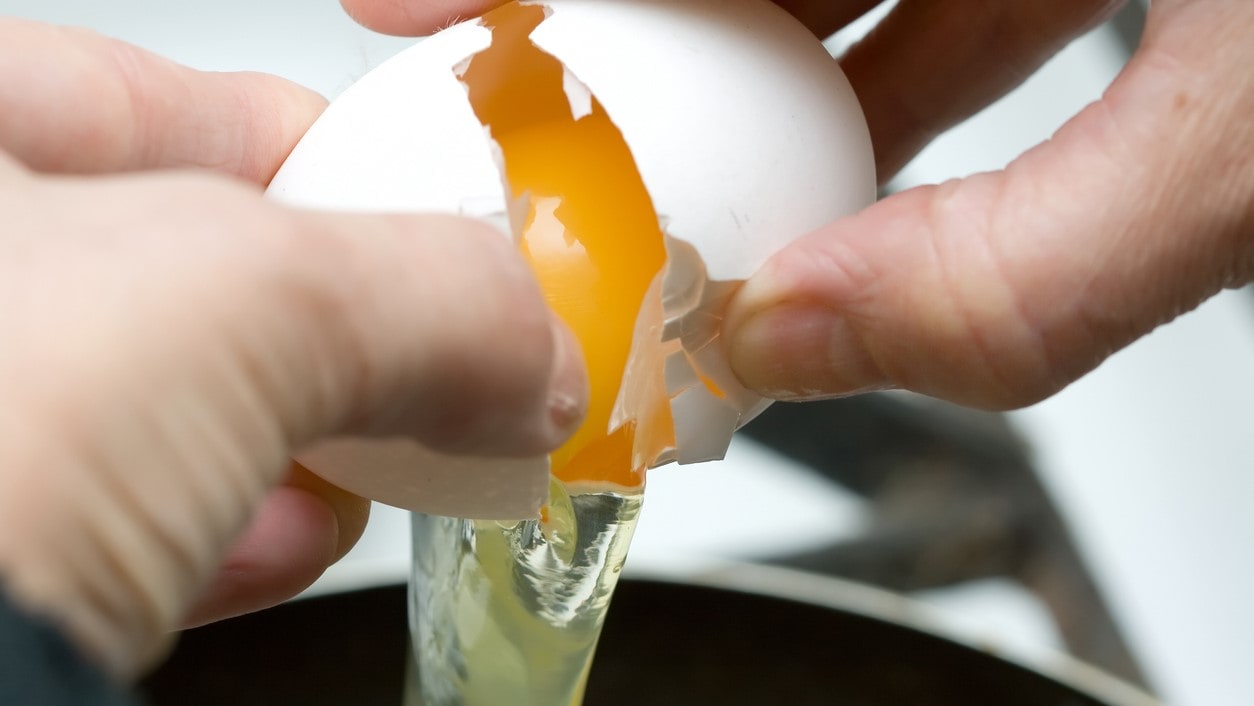At a glance
We studied practices restaurants use to prepare eggs. We focused on practices that allow the growth or spread of germs in or on eggs: improper cooking, mixing eggs together (pooling), storing uncooked eggs at improper temperature, and improper cleaning and sanitizing of utensils and equipment. Learn what food safety programs and restaurants can do to reduce the spread of germs linked to eggs in restaurants.

Key takeaways
Increased efforts are needed to reduce the spread of germs linked to eggs in restaurants. Public health food-safety regulators should:
- Tell restaurants how to prepare eggs in ways that reduce the risk for spreading germs
- Encourage restaurants to use pasteurizedA eggs
- Focus restaurant inspections and outbreak investigations related to eggs on the high-risk practices seen in this study
Restaurants that serve eggs should review their preparation practices and consider changes to reduce the risk for spreading germs. Specifically, these restaurants should:
- Consider using pasteurized eggs
- Not poolB eggs
- Keep uncooked eggs at the proper temperature
- Properly clean and sanitizeC utensils and equipment used with eggs
More research is needed to find what prevents restaurants from safely preparing eggs and from using pasteurized eggs. Food safety researchers could do this research. Restaurant managers also can review their practices and kitchens for barriers to safe egg preparation.
Why this is important
Thousands of illnesses related to germs in eggs have been reported to CDC. Most of these illnesses have been linked to restaurants. Thus, it is important to collect data that will describe restaurant practices for egg handling that pose foodborne illness risks. This can help us address these risky practices so we can prevent illnesses.
Raw shell eggs that are pooled, stored above 41°F, or prepared with improperly cleaned and sanitized utensils but are then cooked properly are less likely to cause foodborne illness. But these three practices can lead to risks for contamination that proper cooking cannot solve. For example, a whisk used in a batch of eggs contaminated with germs and then not properly cleaned and sanitized can spread germs to foods that may not be cooked, such as salad dressing, or to other kitchen surfaces.
When eggs are not pasteurized, these practices are more problematic. A pasteurized product should be substituted in a recipe that requires raw or undercooked eggs.
What we learned
We found that high-risk egg-preparation practices were common in restaurants. Such practices included improper storage of eggs before cooking, pooling of eggs, and improper cleaning and sanitizing of utensils.
- Eggs not cooked to at least 160°F: Ninety-eight percent of egg dishes were properly cooked at or above 160°F. Seventy-eight percent of restaurants said that they sometimes served undercooked eggs such as soft or runny fried eggs.
- Pooled eggs: Fifty-four percent of restaurants pooled eggs. Pooled eggs were kept for an average of 4 to 6 hours.
- Uncooked eggs not stored at or below 41°F: Twenty-six percent of restaurants improperly stored uncooked eggs above 41°F. Nine percent of uncooked eggs in restaurants were improperly kept above 41°F.
- Improper cleaning and sanitizing of utensils and equipment: Forty-two percent of restaurants said they improperly cleaned and sanitized utensils used to prepare eggs. Utensils were cleaned and sanitized less than once in a 4-hour period.
- Unpasteurized eggs: Eighty percent of restaurants used unpasteurized eggs. Restaurant chains and franchises used pasteurized eggs to prepare egg dishes more than independently owned restaurants did.
More information
Journal article this plain language summary is based on
More practice summaries and investigation summaries in plain language
About this study
- Pasteurizing: Pasteurized eggs provide an egg product that is free of pathogens and is a ready-to-eat food.
- Pooling: Mixing eggs together that are not being used for immediate service.
- Sanitizing: Process to reduce germs to levels public health codes or regulations consider safe. Sanitizing is done with weaker bleach solutions, sanitizing sprays, or heat. Clean surfaces before you sanitize them.
